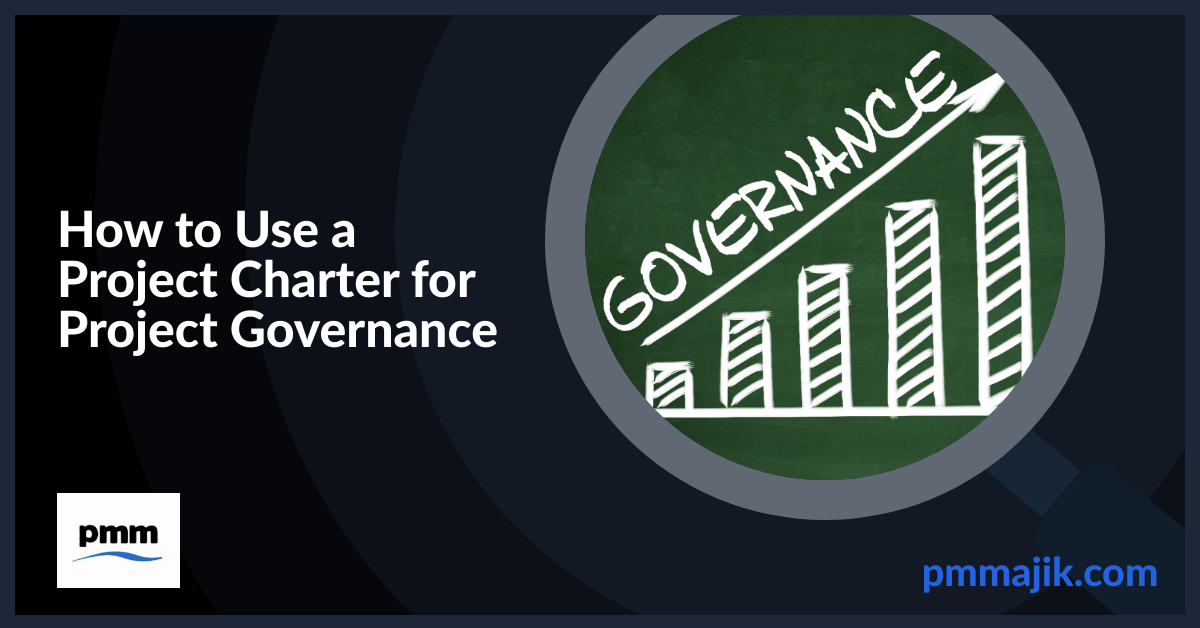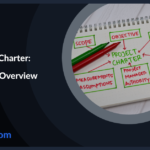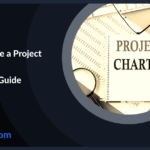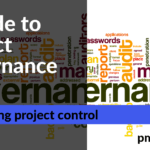When your project management office (PMO) starts the process of kicking off a project, creating a project charter will be one of the first tasks it supports. It’s a document that should be used throughout the project, so we’re going to look at how to use the project charter in project governance.
When you think of a project charter as a deal or agreement between the project manager and project stakeholders, it’s easy to understand how it can be used to govern a project.
To help your PMO build the project charter into your project governance framework, we’re going to look at:
- The governance structures you can derive from a project charter
- Using your project charter to start creating KPIs
- Using the project charter for accountability for different project elements
What governance elements are part of a project charter?
With the main components of a project charter laid out, you will have a range of information that will govern the success of a project. Within the project charter, you will have an outline of:
- The project timeline
- The project budget
- What success looks like
- How the project fits with the business strategy
This information will be explored deeper in other documentation, such as in the project schedule, but the project charter will still be the guiding document.
Having this clearly laid out in a high-level document can make governance easier in that your PMO will have one place to check the information that has been signed off by everyone involved in the project.
A good project charter will also have milestones. You need to make sure the project manager returns to the charter to check off these milestones as a way to check the project is on track based on the initial plans.
It’s important that the project charter also gets updated when plans change. There should be a process to sign-off on changes, and this should include updates to the project charter – giving your PMO data to see how accurate time and budget predictions at the beginning of a project are.
How do I use a project charter for project governance?
There are different ways that a project can use its charter to guide and inform the governance and success of a project. The governance can be relevant to different people who are involved in a project.
Project governance for the project manager
A project charter is written by the project manager, usually in conjunction with the project team. They will be defining what their project is going to look like and what will constitute a properly completed project.
You can use the KPIs outlined in the charter to make sure the KPIs for individuals on the project will bring about success. The timeline and budget that is laid out will also be the starting point when you’re making sure the project hits these vital targets.
Project governance for the project sponsor
The project sponsor isn’t usually responsible for project delivery, but they need to have a handle on what is going on in the project.
Your PMO can ensure the project sponsor is monitoring the project and checking off milestones. The sponsor can also use it to make sure the project is meeting their expectations. The sponsor should be checking in on the project to report to the stakeholders and C-suite as well.
Project governance for project stakeholders
Project stakeholders may not be very deeply involved with a project, whether due to limited expertise or limited time, for example. Because the project charter is high-level and doesn’t contain too much detail, it can be used by stakeholders for accountability.
The project charter can be used to form the basis of reports made to stakeholders. They will also have a copy of the charter which they signed off on, to refer to and ask any questions – hopefully giving more buy-in and engagement.
Using the project charter as a governance tool
Your PMO will have a range of governance activities to make sure projects deliver what is expected. We’ve looked at how you can use the project charter to build project governance since it has the top-level information the project manager, sponsor, and stakeholders need to check on project progress.






